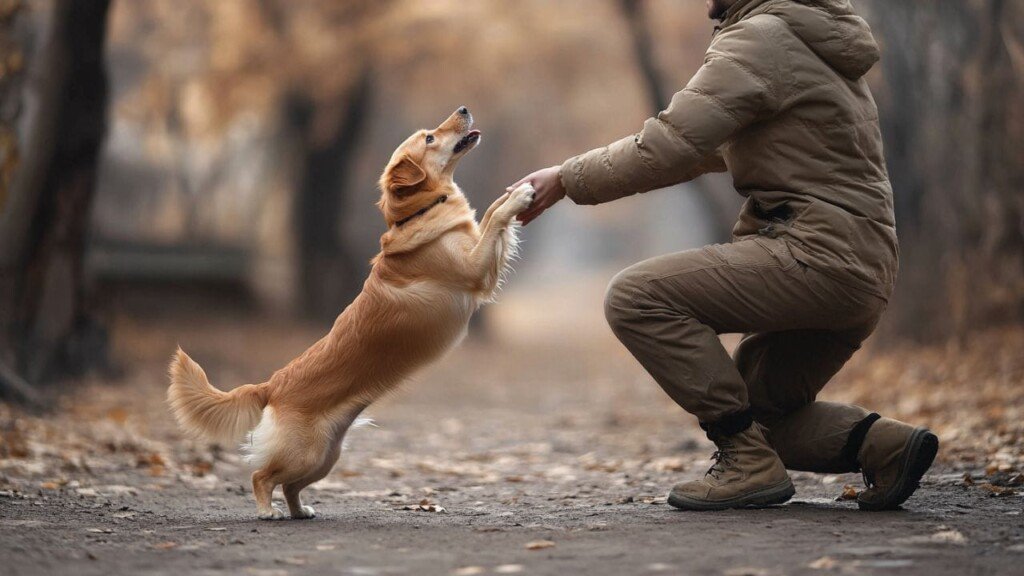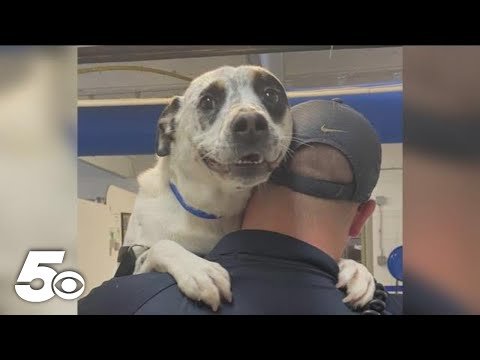A strong recall command is arguably the most crucial skill for your dog to master.
It can keep your dog safe in potentially dangerous situations and provide them with more freedom during outdoor activities.
Advanced recall training builds upon basic obedience to create a dog that responds reliably in any circumstance.
Laying the Groundwork: Reinforcing Basic Recall
Before diving into advanced techniques, ensure your dog has a solid foundation in basic recall.
Practice in a controlled environment, using high-value treats and enthusiastic praise as rewards.
Gradually increase distractions as your dog becomes more reliable in their response.
The ‘Round-Robin’ Recall Game
Enlist the help of family members or friends to create a circle, each person armed with treats.
Take turns calling the dog, rewarding them generously when they come.
This game teaches your dog to respond to multiple people and builds excitement around the recall command.
Want to keep up to date with new animal stories?
Utilizing Long-Line Training
A long training lead (15-30 feet) allows your dog more freedom while maintaining control.
Practice recalls at varying distances, rewarding your dog for returning to you.
Gradually increase distractions and practice in different environments to proof the behavior.
Incorporating Movement into Recalls
Start jogging or running away from your dog as soon as you call them.
This triggers their instinct to chase and makes coming to you more exciting.
Reward your dog generously when they catch up to you.
The ‘Hide and Seek’ Method
Have someone hold your dog while you hide in another room or outdoor area.
Call your dog and reward them enthusiastically when they find you.
This game makes recalls fun and reinforces the idea that coming to you leads to good things.
Proofing Against High-Value Distractions
Gradually introduce enticing distractions like toys, food, or other animals during recall practice.
Start with the distraction at a distance and your dog on a long line for safety.
Reward your dog extra generously for choosing to come to you over the distraction.

The ‘Surprise Party’ Recall
Occasionally, make your dog’s return to you an over-the-top celebration.
Use extra special treats, throw a impromptu game of fetch, or engage in their favorite activity.
This unpredictability keeps your dog eager to respond to the recall command.
Utilizing Environmental Rewards
In safe areas, use the environment as a reward for a successful recall.
Call your dog, then release them to “go play” or explore as a reward for coming.
This teaches your dog that coming to you doesn’t always end the fun.
The ‘Rocket Recall’ Technique
Use a distinct, high-pitched sound or word for emergency recalls.
Practice this recall with extremely high-value rewards that your dog only gets for this specific command.
Use this recall sparingly and only in genuine emergencies or during training sessions.
Incorporating Recall into Daily Life
Practice short, impromptu recall sessions throughout the day.
Call your dog for meals, before walks, or for surprise play sessions.
This helps your dog associate coming to you with various positive outcomes.
Advancing to Off-Leash Reliability
Once your dog is responding consistently on a long line, practice in secure, enclosed areas off-leash.
Gradually increase the level of distraction and the size of the area.
Always prioritize safety and be prepared to return to on-leash practice if needed.

Troubleshooting Common Recall Issues
If your dog starts to ignore recalls, return to easier scenarios and rebuild reliability.
Never punish your dog for a slow or failed recall; instead, make coming to you more rewarding.
Consider any health issues that might be affecting your dog’s ability or willingness to respond.
Maintaining a Strong Recall Throughout Your Dog’s Life
Continue to practice and reinforce the recall command regularly, even with a reliable dog.
Keep recalls positive and rewarding to maintain your dog’s enthusiasm for responding.
Adjust your training as your dog ages, accounting for any physical or cognitive changes.
Conclusion: The Key to Canine Freedom and Safety
Mastering advanced recall techniques can significantly enhance your dog’s obedience and reliability.
A strong recall allows your dog more freedom to explore while ensuring their safety in various situations.
Remember that patience, consistency, and positive reinforcement are key to developing a rock-solid recall.
Share this guide to help fellow dog owners unlock their pets’ full potential! A reliable recall is more than just a cool trick – it’s a lifesaving skill that can give your dog more freedom and keep them safe in emergencies.
SHARE now with your friends!


